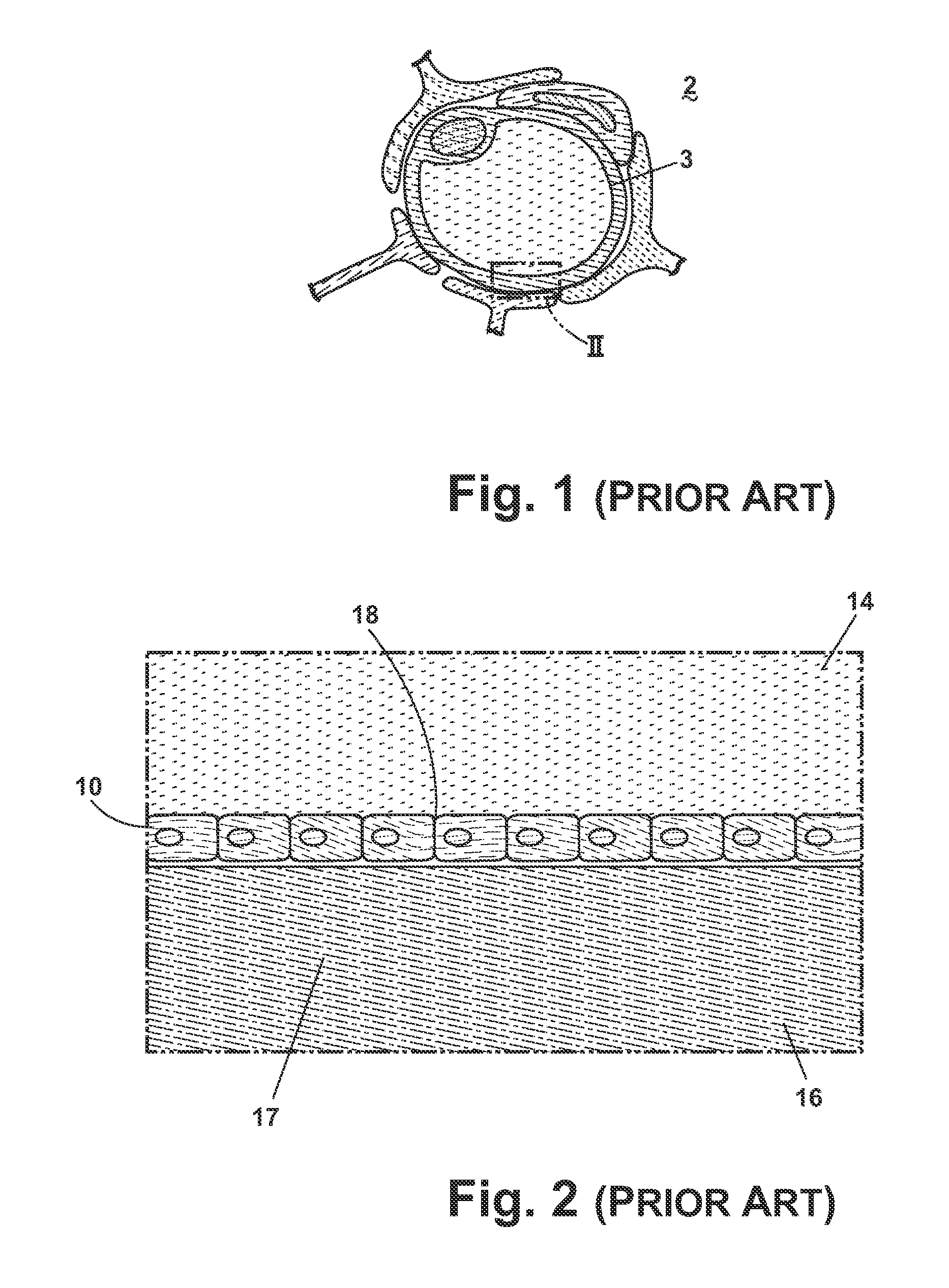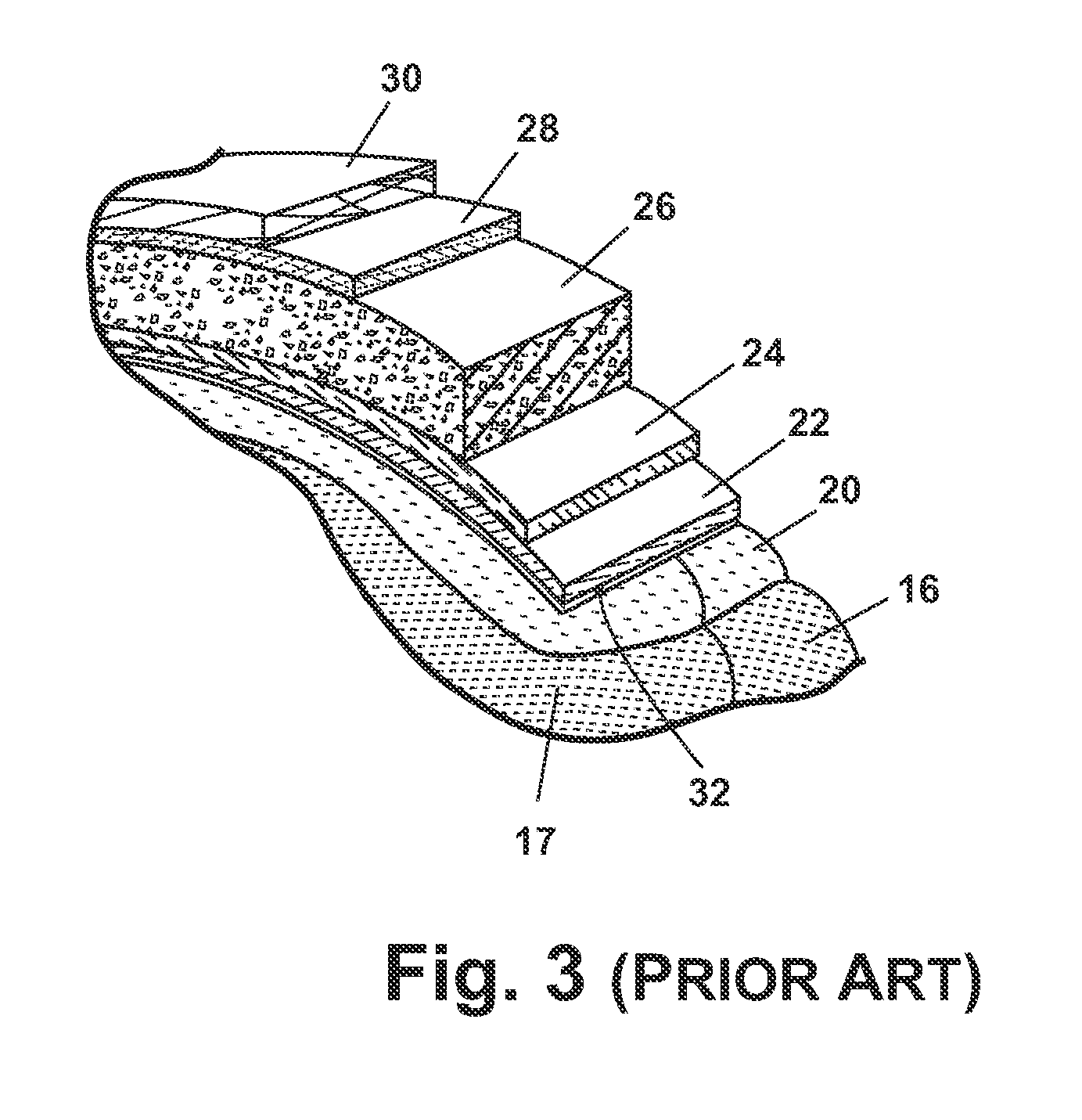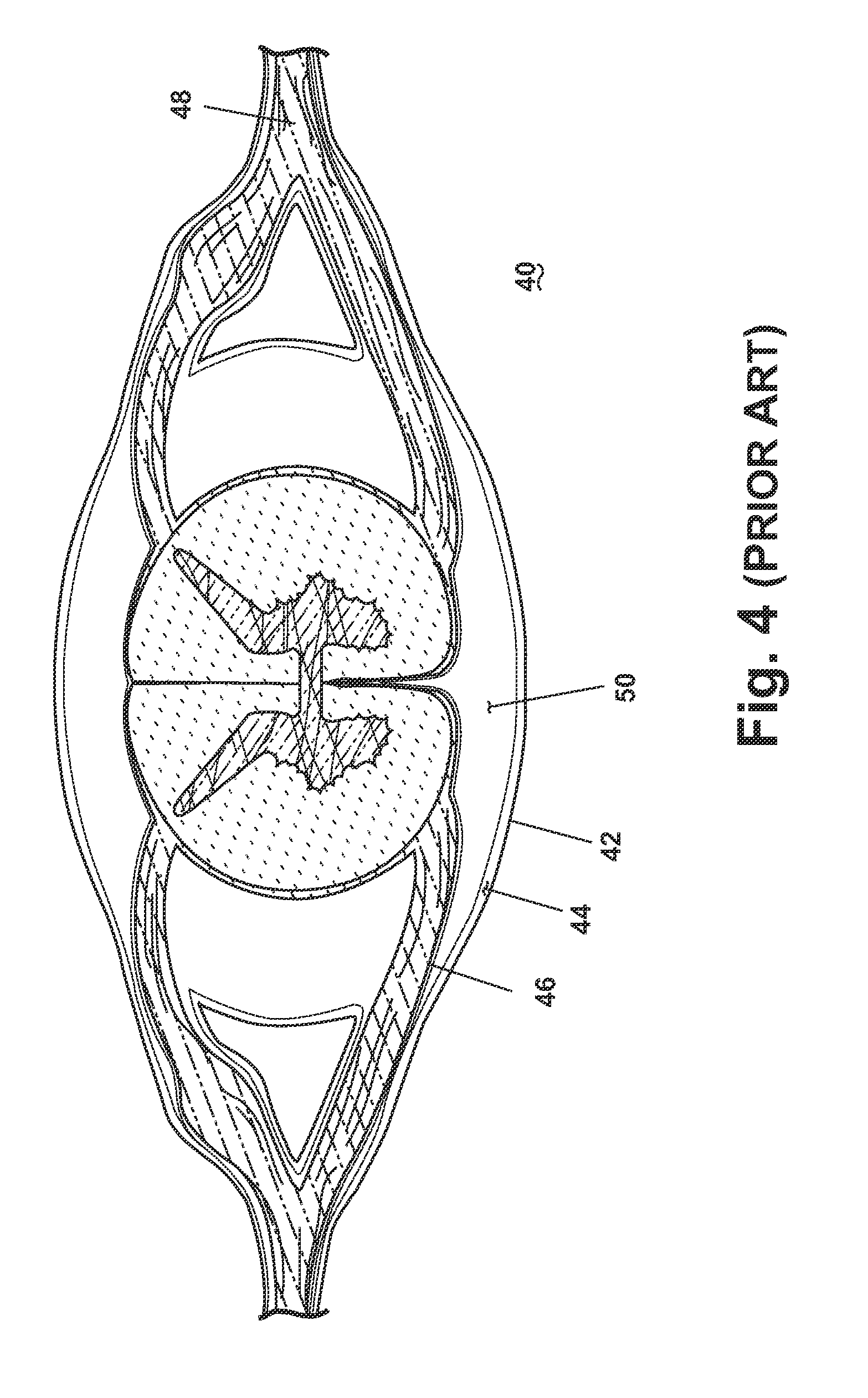Composition and methods of treatment of bacterial meningitis
a technology for meningitis and bacterial meningitis, which is applied in the direction of biocide, antibacterial agents, drug compositions, etc., can solve the problems of limiting the access of cellular elements of the blood (lymphocytes, monocytes and neutrophils), bacterial infections are infrequent, and difficult to treat, so as to minimize any untoward side effects or other undesirable reactions, avoid massive doses, and minimize the effect of untoward side effects
- Summary
- Abstract
- Description
- Claims
- Application Information
AI Technical Summary
Benefits of technology
Problems solved by technology
Method used
Image
Examples
Embodiment Construction
[0024]Applicants have determined that the intrathecal space 32 or the ventricular spaces of the brain or spine may provide an effective place for drug delivery in the treatment of bacterial meningitis. Intrathecal or intracerebroventricular (ICV) drug delivery places medication directly into the CSF. Antibiotics delivered directly to the intrathecal spaces 32 or 50 are particularly effective because they do not have to circulate systemically to reach the CSF and any bacteria in the neural axis. As a result, much smaller doses are needed, and the frequency of side effects is reduced in treating the bacterial infection.
[0025]To date, no antibiotics have been approved by the FDA for intrathecal / ICV delivery. The Cephalosporin class of drugs has not been used for intrathecal / ICV delivery because it may lower the threshold of a patient to have a seizure. Applicants have discovered that providing a diluted solution of ceftiofur sodium in intrathecal / ICV delivery will effectively treat bac...
PUM
| Property | Measurement | Unit |
|---|---|---|
| Concentration | aaaaa | aaaaa |
| Time | aaaaa | aaaaa |
| Composition | aaaaa | aaaaa |
Abstract
Description
Claims
Application Information
 Login to View More
Login to View More - R&D
- Intellectual Property
- Life Sciences
- Materials
- Tech Scout
- Unparalleled Data Quality
- Higher Quality Content
- 60% Fewer Hallucinations
Browse by: Latest US Patents, China's latest patents, Technical Efficacy Thesaurus, Application Domain, Technology Topic, Popular Technical Reports.
© 2025 PatSnap. All rights reserved.Legal|Privacy policy|Modern Slavery Act Transparency Statement|Sitemap|About US| Contact US: help@patsnap.com



